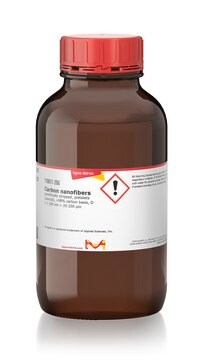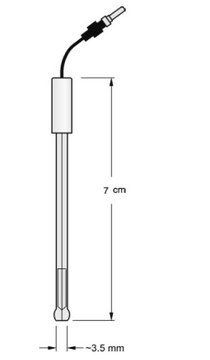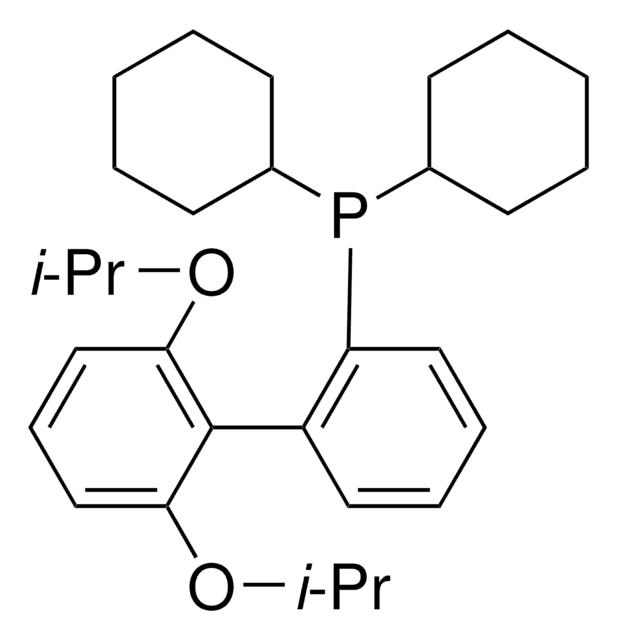719803
Carbon nanofibers
graphitized, platelets(conical), >98% carbon basis, D × L 100 nm × 20-200 μm
Synonim(y):
PR-25-XT-LHT, Conical carbon nanofibers
About This Item
Polecane produkty
pochodzenie biologiczne
platelets (conical)
Próba
>98% carbon basis
Formularz
powder
charakterystyka ekologicznej alternatywy
Design for Energy Efficiency
Learn more about the Principles of Green Chemistry.
sustainability
Greener Alternative Product
śr. × dł.
100 nm × 20-200 μm
powierzchnia
39 m2/g
zanieczyszczenia
<14,000 ppm Iron content
średnia średnica
130 nm
wielkość porów
0.12 cm3/g average pore volume
126.1 Å average pore diameter
mp
3652-3697 °C
gęstość
1.9 g/mL at 25 °C
gęstość nasypowa
0.5‑3.5 lb/cu.ft
kategoria ekologicznej alternatywy
, Enabling
ciąg SMILES
[C]
InChI
1S/C
Klucz InChI
OKTJSMMVPCPJKN-UHFFFAOYSA-N
Szukasz podobnych produktów? Odwiedź Przewodnik dotyczący porównywania produktów
Powiązane kategorie
Opis ogólny
Zastosowanie
Uwaga dotycząca przygotowania
Informacje prawne
Hasło ostrzegawcze
Warning
Zwroty wskazujące rodzaj zagrożenia
Zwroty wskazujące środki ostrożności
Klasyfikacja zagrożeń
Eye Irrit. 2 - STOT SE 3
Organy docelowe
Respiratory system
Kod klasy składowania
11 - Combustible Solids
Klasa zagrożenia wodnego (WGK)
WGK 3
Temperatura zapłonu (°F)
Not applicable
Temperatura zapłonu (°C)
Not applicable
Wybierz jedną z najnowszych wersji:
Masz już ten produkt?
Dokumenty związane z niedawno zakupionymi produktami zostały zamieszczone w Bibliotece dokumentów.
Produkty
Nanowłókna węglowe Pyrograf®-III wytwarzane metodą parową należą do klasy materiałów określanych jako wielościenne nanorurki węglowe (MWCNT) i są produkowane metodą pływającego katalizatora.
Pyrograf®-III vapor-grown carbon nanofibers are within the class of materials termed multi-walled carbon nanotubes (MWCNTs), and are produced by the floating catalyst method.
Composite materials that traditionally incorporate micron scale reinforcements in a bulk matrix offer opportunities to tailor material properties such as hardness, tensile strength, ductility, density, thermal and electrical conductivity, and wear resistance.
3D printing is a type of additive manufacturing that can be used to rapidly fabricate components with highly customizable geometries.
Nasz zespół naukowców ma doświadczenie we wszystkich obszarach badań, w tym w naukach przyrodniczych, materiałoznawstwie, syntezie chemicznej, chromatografii, analityce i wielu innych dziedzinach.
Skontaktuj się z zespołem ds. pomocy technicznej






